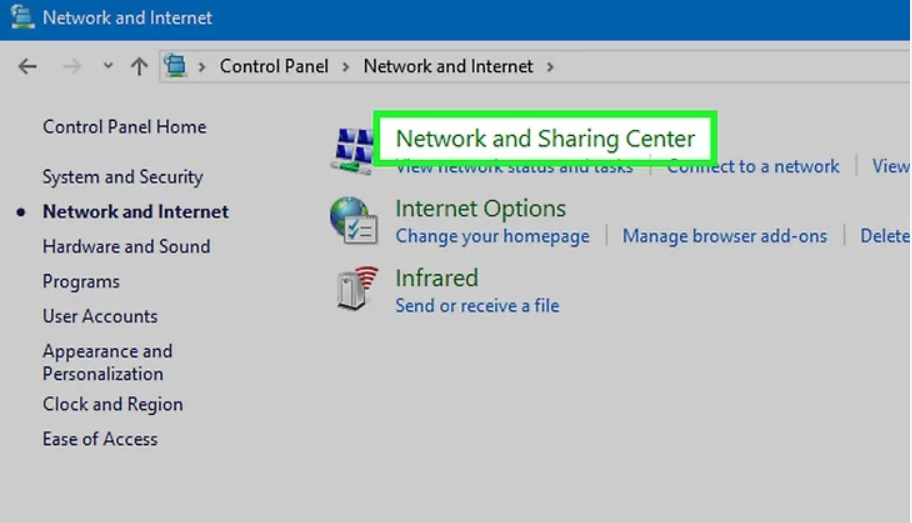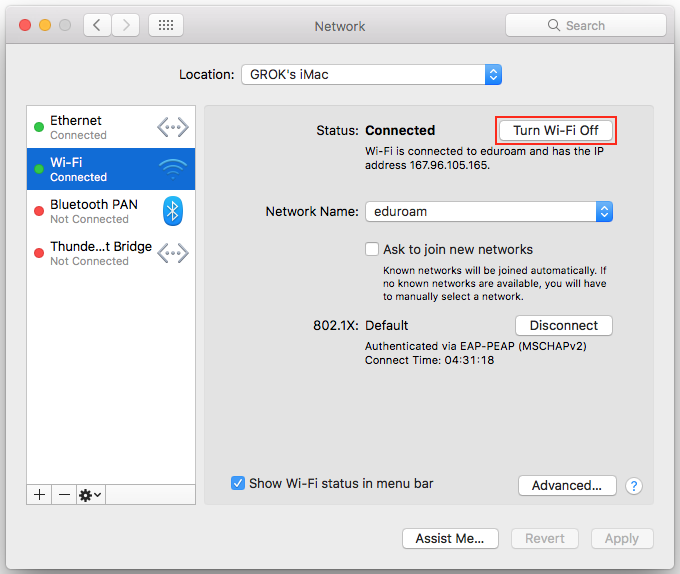

Enable VNC viewers may control screen with password. As before, go to System Preferences > Sharing, but this time, click Computer SettingsĢ. There are a couple of things you need to do differently here:ġ. Сonnect to your Mac from a non-Mac device over your local network You should now be able to view and remotely control your Mac in the Screen Sharing app on the second Mac. Enter the IP address for the first Mac, and click Connect From the top menu, select Go > Connect to ServerĦ. Under Allow access for decide who you want to be able to access your Macĥ. Enable Screen Sharing by clicking the relevant tickboxģ. Access your Mac from another Mac on the same networkĢ. That means you can also connect using any other device that can run a VNC app.

It’s also compatible with VNC (Virtual Network Computing), an open standard for remote access. That makes it easy to remotely access your Mac from another Mac on the same network. If your Mac is running OS X 10.5 (Leopard) or later, it will include Screen Sharing as standard.
SETUP VIRTUAL TO SHARE MAC NETWORK SETTINGS FULL
This article is all about the last of these - ways in which you can connect to and take full control of your Mac from a remote location. A full remote desktop for your Mac, where you can see whatever is displayed on your remote Mac and take complete control of it.Screen sharing, where you can see your Mac’s screen but can’t control the computer itself.Using a mobile device like a smartphone as a remote control for your Mac.Browsing and accessing files via a shared folder or FTP (File Transfer Protocol).The term “remote access” can mean a few different things. Access your Mac remotely from any device over the internet.From a non-Mac device over your local network.But what’s the most effective way to remotely control a Mac? And how do you do it without compromising your digital security? And you can use a variety of different devices to access your Mac. You can do it over a local network or the internet.

Note: To see how AssetCache interacts with Tetherator, see Tethered Caching of iOS Assets from macOS 10.12.4.Remotely accessing your Mac enables you to operate it from anywhere. I didn’t do any of the if/then there, as I’d usually just do that on the JSS.
SETUP VIRTUAL TO SHARE MAC NETWORK SETTINGS PRO
11:49:37.427 AssetCacheManagerUtil Built-in caching server status: ' | sed 's/^\(.*\).*$/\1/' | uniqĪnd if you use Jamf Pro and would like to use this as an extension attribute, that’s posted here. Which returns something similar to the following: For example,ĭefaults write /Library/Preferences/ CacheLimit -int 20000000000 This means that all those settings that you used to see in the GUI are still there, you just access them via the command line, by sending defaults commands. Which returns the following configurable options:ĭataPath = “/Library/Application Support/Apple/AssetCache/Data”

Here, you can see how much storage is being used and limit the amount used.ĭefaults read /Library/Preferences/ You can also choose to share the Internet Connection, which will create a wireless network that iOS devices can join to pull content.Ĭlick Options. Here, you can disable the “Cache iCloud content” option, which will disable the caching of user data supplied for iCloud (everything in here is encrypted, by the way). To do so, first open System Preferences and click on the Sharing System Preferences pane.įrom here, click on the checkbox for Content Caching to start the service.Īt the Content Caching panel, the service will say “Content Caching: On” once it’s running. Given the fact that the Caching service only stores volatile data easily recreated by caching updates again, there’s no need to back the service up, and it doesn’t interact with users or groups, so it’s easily divested from the rest of the Server services.Īnd the setup of the Caching service has never been easier. This means administrators no longer need to run the Server app on caching servers. High Sierra sees the Caching service moved out of macOS Server and into the client macOS.


 0 kommentar(er)
0 kommentar(er)
